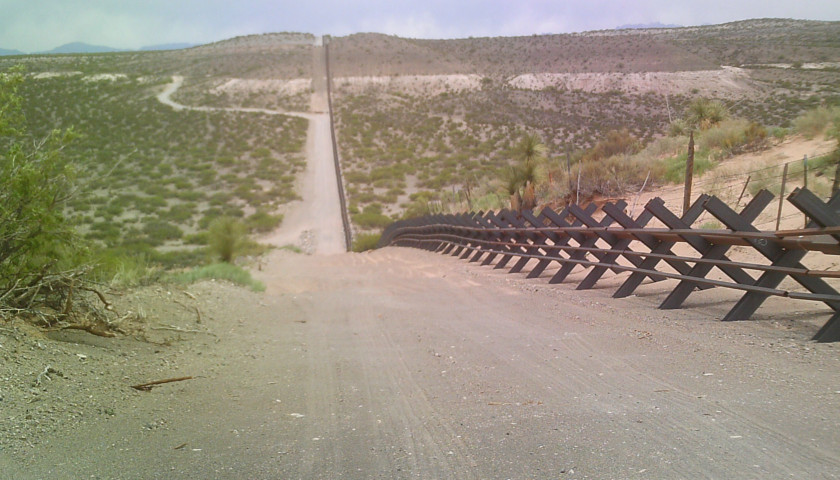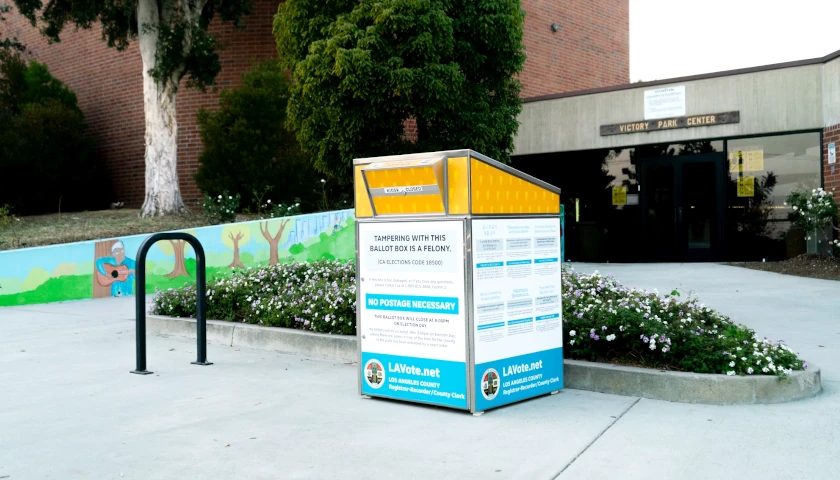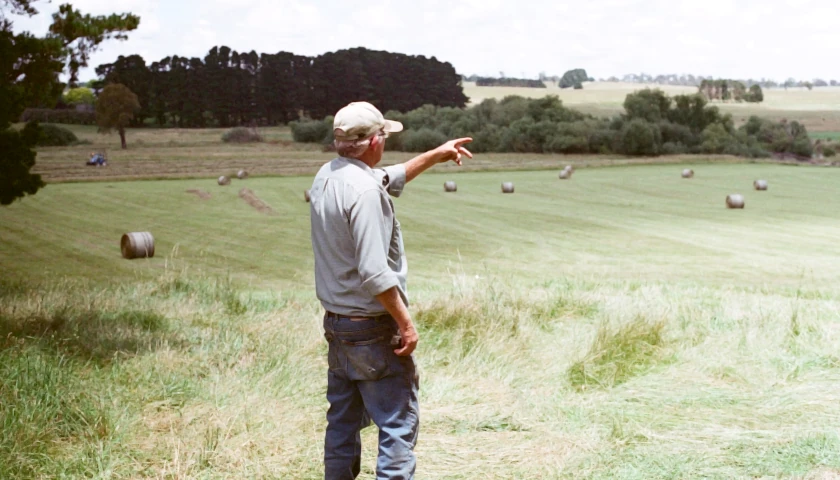The U.S. government plans to replace barriers through 100 miles of the southern border in California and Arizona, including through a national monument and a wildlife refuge, according to documents and environmental advocates.
The Department of Homeland Security on Tuesday again waived environmental and dozens of other laws to build more barriers along the U.S.-Mexico border.
Funding will come from the Defense Department following the emergency declaration that President Donald Trump signed this year after Congress refused to approve the amount of border wall funding he requested.
Barriers will go up at Organ Pipe Cactus National Monument, a vast park named after the unique cactus breed that decorates it, and Cabeza Prieta National Wildlife Refuge, which is largely a designed wilderness home to 275 wildlife species. The government will also build new roads and lighting in those areas in Arizona.
Environmental advocates who have sued to stop the construction of The Wall say this latest plan will be detrimental to the wildlife and habitat in those areas.
 “The Trump administration just ignored bedrock environmental and public health laws to plow a disastrous border wall through protected, spectacular wildlands,” said Laiken Jordahl, who works on border issues at the Center for Biological Diversity.
“The Trump administration just ignored bedrock environmental and public health laws to plow a disastrous border wall through protected, spectacular wildlands,” said Laiken Jordahl, who works on border issues at the Center for Biological Diversity.
The Department of Homeland Security did not immediately respond to a request for comment.
Crossings, drugs dwindle at national monument
At Organ Pipe Cactus National Monument, row after row of cacti decorate 516 square miles of land that once saw so much drug smuggling that over half the park was closed to the public. But illegal crossings in that area dropped off significantly in the past several years, and the government in 2015 reopened the entire monument for the first time in 12 years.
The waivers the department issued Tuesday are vague in their description of where and how many miles of fencing will be installed. The Center for Biological Diversity says the plans total about 100 miles of southern border in both Arizona and California, near Calexico and Tecate.
From waist-high fence to 30-foot barriers
In Arizona, construction will focus on four areas of the border and will include the replacement of waist-high fencing meant to stop cars with 18- to 30-foot barriers that will be more efficient at stopping illegal crossings.
The government has demolished refuge land in the Rio Grande Valley of Texas and construction is set to begin any day. On one section of the Lower Rio Grande Valley National Wildlife Refuge, crews have used heavy construction equipment to destroy a mix of trees, including mesquite, mulberry and hackberry. Those trees protect birds during the ongoing nesting season.
According to plans published last year, the cleared land will be filled in and a concrete wall will be installed, with bollards measuring 18 feet installed on top.
One refuge off limits
After months of public outcry, Congress forbade U.S. Customs and Border Protection from building in the nearby Santa Ana wildlife refuge or the nonprofit National Butterfly Center. But it didn’t stop money from going to wall construction in other refuge lands, nor did it stop the government from building in otherwise exempted land because of the emergency declaration, said Marianna Trevino Wright, the butterfly center’s director.
“They’re going to have to protect us in every single spending bill going forward, and they have to protect us against the state of emergency,” Wright said. “And this administration has made it clear … that they don’t want any exemptions.”




